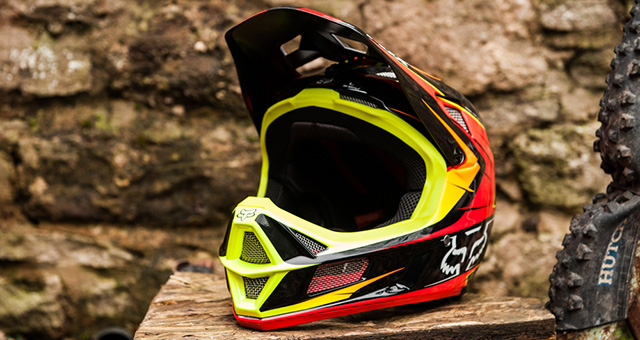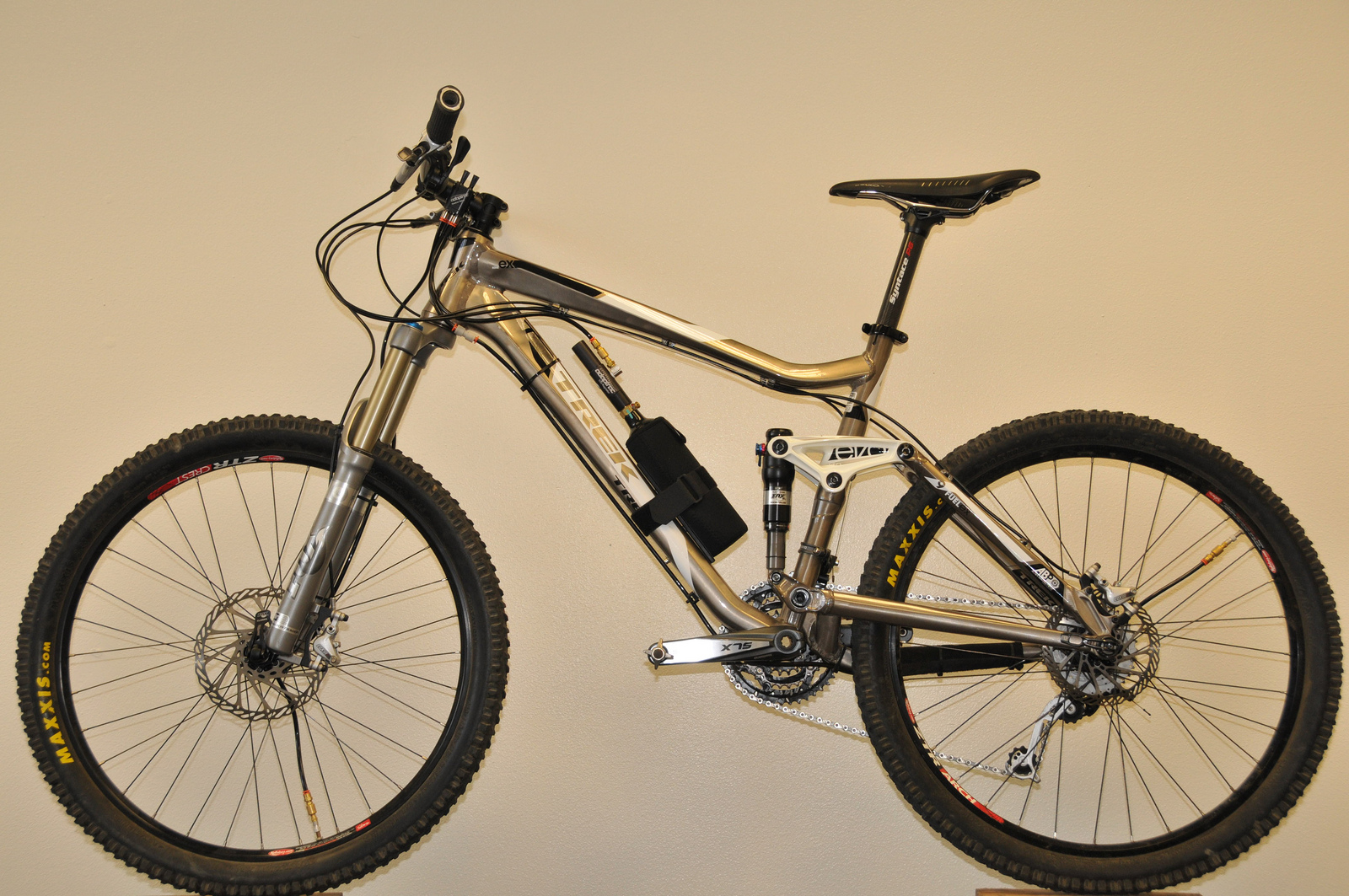
We first got wind of this on-the-fly tyre pressure adjustment system from Adaptrac at Sea Otter last year and like so many other crazy products that surface at the show each year we thought it was highly unlikely to ever make it into production. How wrong we were though as we just spotted that the Adaptrac system is now on sale.

As we all know tyre pressure can make a huge difference to the way a bike rides. Normally we just pick a pressure that works for us and then get on with it. Sometimes, if we’re feeling particularly keen and are about to tackle a ride with one huge climb followed by an equally big descent we might even start off with a higher pressure to help cut down the rolling resistance on the climb and then let a bit out at the top to help with grip on the way down. Simple hey. Well Brandt Weibezahn, the inventor of this system, doesn’t think that we should all be compromising on such an important issue.
The thing is, as much as a large part of me thinks that he’s barking mad, there is another part of me that thinks that maybe he’s no more crazy than a lot of other people. I mean apart from brakes, gear shifters, and I have to admit a remote adjuster for a seatpost, I never really feel the need to have any other adjustments on offer when I’m riding. I’ve had forks and shocks with lockouts and the like, but I’ve never used them. It could be me who’s a bit weird though cos considering all the on-the-fly adjustments available these days there must be a whole load of people who do love to have them. That then leads me to question where you draw the line? I mean when I actually think about it you could argue that being able to constantly fine tune the air pressure in your tyres is just as important as being able to alter the compression damping on your rear shock. See, deciding where to stop isn’t quite so simple after all.

So how does this system work then? Well you can see the control part of it above. Essentially you’ve just got two switches and two pressure gauges which give you real time information. Flick the switches one way and you drop pressure, and then flick them the other way and pressurised CO2 from the on-board canister inflates them. Each tyre can be altered independently, hence the two switches and gauges. Although this particular setup is arranged on the stem you can also mount it to your bars.
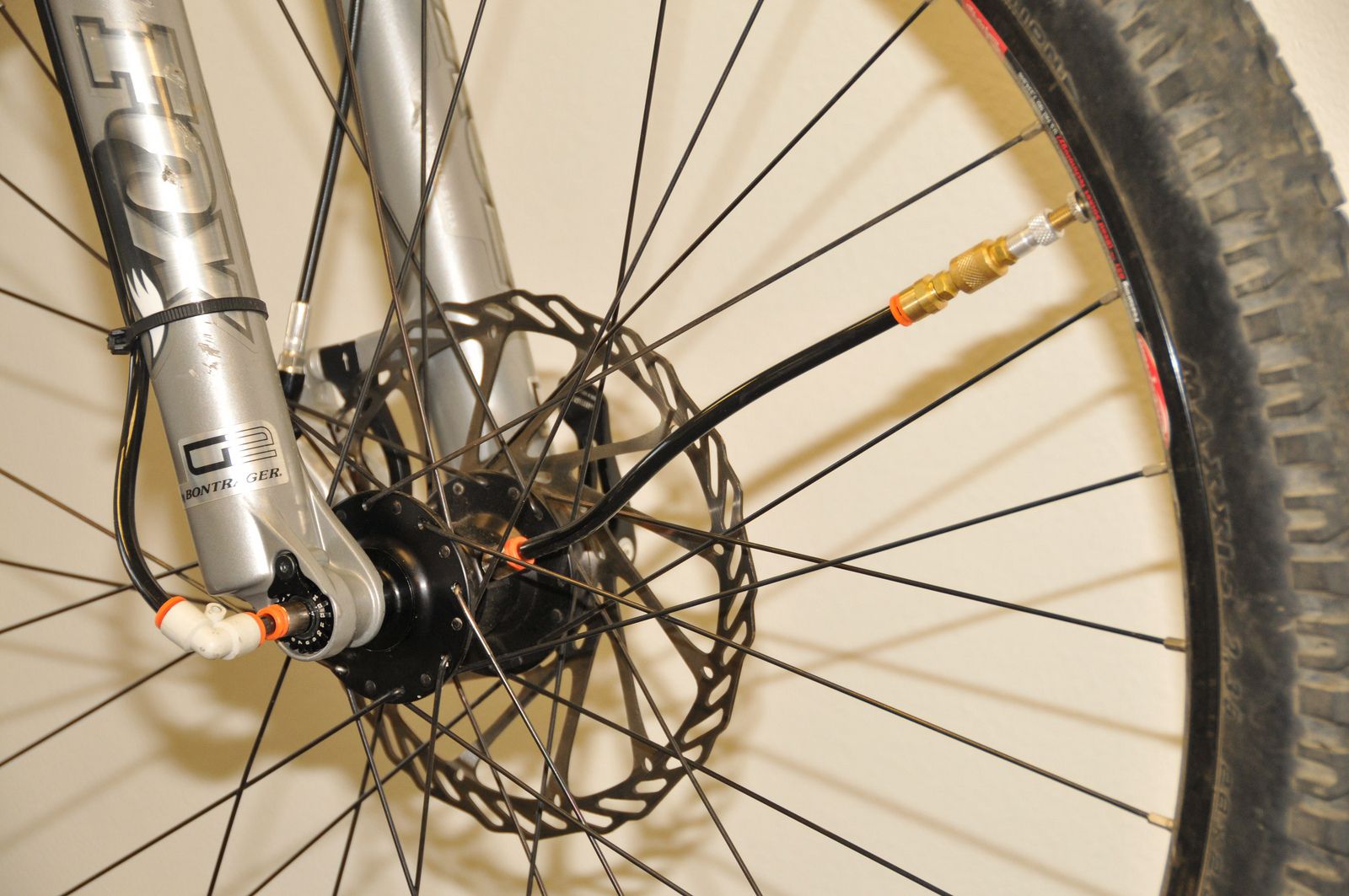
Of course getting the pressurised CO2 into the tyres while you’re riding is never going to be simple. The key to Brandt’s system has been made possible by the introduction of hollow bolt-thru axles, and currently the system is designed to fit to any bike with a 15mm front hub and a 142x12mm rear. By modifying the axle and chucking a few seals in he’s managed to route the CO2 through the axle and hub, and then up to the valve via a more conventional hose.
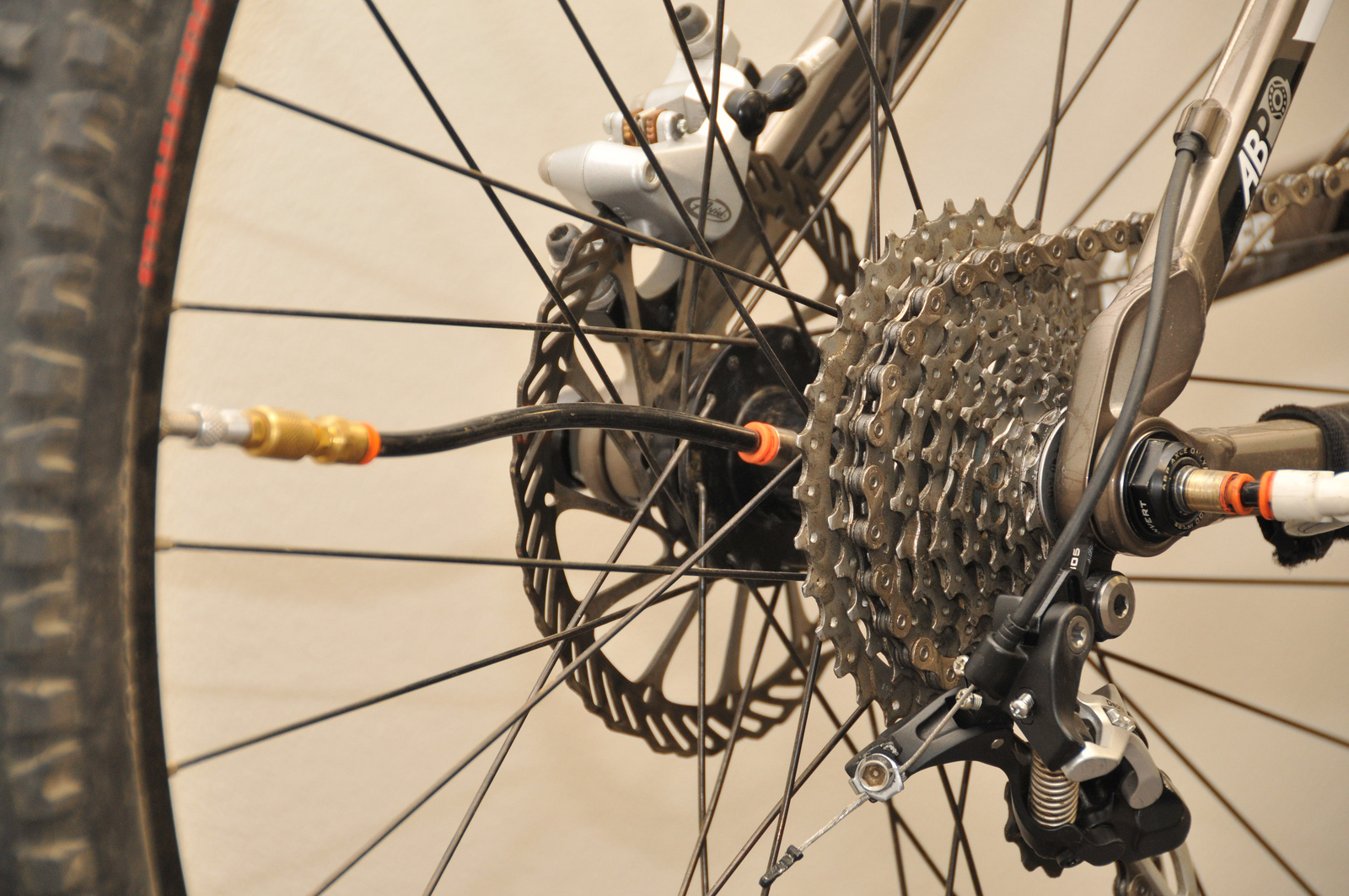
The design is just the same on the rear wheel, and it has to be said that like the front wheel the area where the hose enters the axle looks more than a little prone to crash damage. There is also the issue of friction as you’re never going to be able to seal a gas within a rotating system without some sort of seal that causes friction. Brandt reckons he’s come up with a gem of a seal though that creates barely any friction whilst losing only about 1psi an hour. I’d be interested to see how low that friction really is. Oh, and aside from the pressure loss through the seals CO2 has a habit of escaping from tyres and tubes too, so if you left your bike for a day or two you’d come back to find some flat tyres…still you could pump it up quick again.
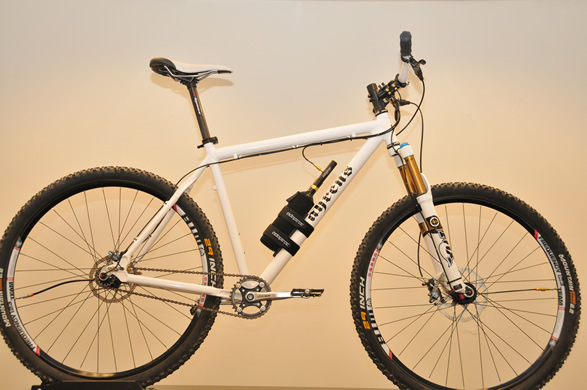
I had to include this photo as it’s the main one which features on the Adaptrac website and it made me chuckle to say the least. Why? Simply because it has to be one of the most perverse bike setups that I have ever seen. Singlespeed purists will be pulling their hair out. I mean can the ultra simplicity of a singlespeed bike be combined with something from completely the other end of the spectrum? Or was it that the rider fitted the Adaptrac to a more conventional bike but then found he (or she) had too many switches and levers to cope with so they decided to try and cut the number down a bit by getting rid of their gears?
Anyway, what other things might you want to know about this system? Well, it’ll set you back $1,470.50 for a full system (that includes a pair of 26 or 29″ wheels) and it’ll add up to almost 1Kg to the weight of your bike. I say up to because you can chose what size gas cylinder to carry and that weight is for the largest 12oz tank. Even with that lagest one though you only get to inflate a pair of 26×2.35″ tyres ten times from 20 to 50psi. As for speed, it takes about seven seconds to inflate from 20 to 50psi and about twenty to go back down again. Twenty seconds sounds like quite a while to me. What else? Oh yeah, you’ll probably need a cool box in your car if it’s a sunny day cos otherwise the CO2 could explode, and because CO2 doesn’t get on too well with tubeless sealants you can only use it with inner tubes. Apparently they’re working on that one…
So what do you lot reckon? Complete waste of time? Or do you reckon that in a few years time we’ll have this kind of system fully integrated into our bikes along with all the other bells and whistles? Will it become as essential to many riders as an adjustable seatpost? Would you buy it?
If you want to find out any more about the system check out www.adaptrac.com
[series]




